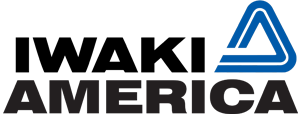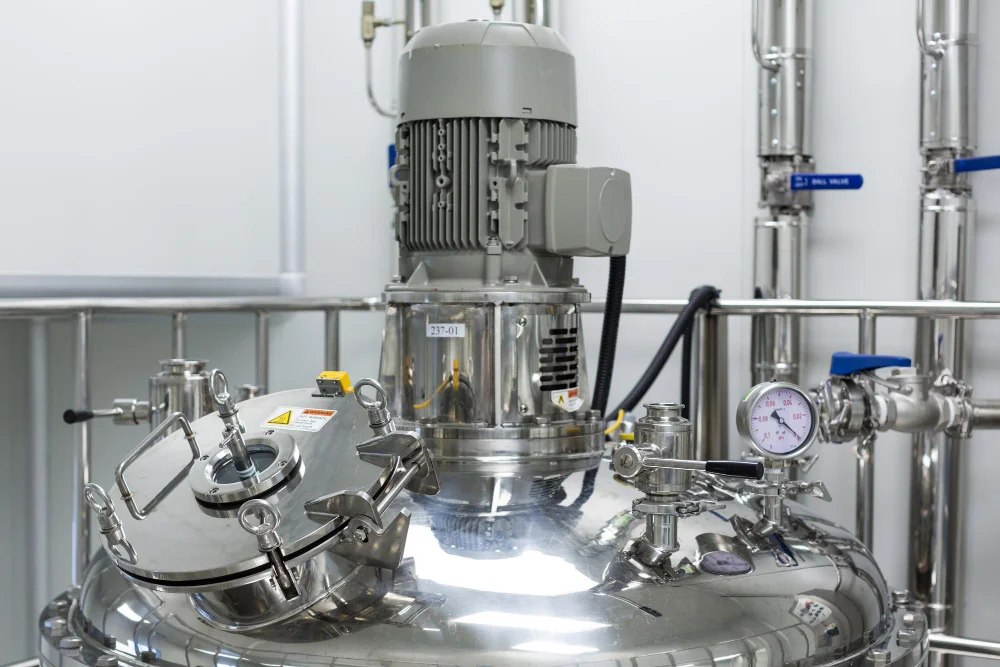Pumps play a vital role in an array of industries, from agriculture and manufacturing to water treatment and construction. These mechanical devices move fluids from one place to another, ensuring the smooth operation of countless processes. Among the various types of pumps available, self-priming and non-self-priming pumps stand out as key contenders, each offering distinct advantages and applications. Understanding the differences between these two pump types is crucial for anyone seeking to make an informed decision about which one best suits their specific needs. Let’s understand the complexities of self-priming and non-self-priming pumps to help you choose the right one for your requirements.
What Is a Self-Priming Pump?
A self-priming pump is a type of pump that possesses a unique ability to automatically evacuate air and prime itself, without external assistance, when starting or restarting the pumping process. These pumps achieve priming through a combination of design elements, such as an integrated air and fluid separation chamber or a built-in recirculation system. These mechanisms enable the pump to draw fluid and evacuate air automatically, creating a continuous and reliable flow.
What Is a Non-Self-Priming Pump?
A non-self-priming pump is a type of pump that does not possess the inherent capability to automatically remove air from the suction line or prime itself when starting. Instead, these pumps require manual priming or the implementation of auxiliary devices to ensure proper operation.
Key Differences between Self-Priming and Non-Self-Priming Pumps
Priming Process
Self-Priming Pumps: These pumps are designed with built-in mechanisms to automatically evacuate air from the suction line and initiate pumping without external assistance. They use their own design features, such as recirculation systems or air-fluid separation chambers, to create a vacuum and prime themselves. Self-priming pumps are capable of starting and restarting without manual intervention, making them suitable for applications with intermittent use.
Non-Self-Priming Pumps: Non-self-priming pumps lack the inherent ability to remove air from the suction line and establish suction on their own. They require external priming methods, such as manual filling of the pump casing or the use of priming chambers, vacuum systems, or gravity feed to remove air and create suction. The priming process in these pumps often requires manual effort or additional equipment, which can add complexity to the system.
Efficiency and Energy Consumption
Self-Priming Pumps: These pumps are typically less energy-efficient than non-self-priming pumps. This reduced efficiency is due to the additional energy expenditure associated with their self-priming mechanisms. While these mechanisms are essential for their automatic priming capability, they can introduce some energy losses during operation.
Non-Self-Priming Pumps: These pumps are often more energy-efficient because they do not have the added energy consumption related to self-priming features. They tend to provide a more direct and efficient transfer of fluid without the need for additional components or processes that may result in energy losses.
Maintenance Requirements
Self-Priming Pumps: Self-priming pumps typically have somewhat higher maintenance requirements compared to non-self-priming pumps. The self-priming mechanisms, such as recirculation systems or air-fluid separation chambers, introduce additional components that need periodic inspection and maintenance. These mechanisms can be prone to wear and tear over time, potentially requiring more frequent servicing.
Non-Self-Priming Pumps: Non-self-priming pumps generally have lower maintenance requirements due to their simpler design. They lack the additional components associated with self-priming mechanisms, which can reduce the likelihood of component wear and maintenance needs. Maintenance tasks are typically more straightforward and less frequent, making them a cost-effective option in terms of upkeep.
Cost Considerations
Self-Priming Pumps: These pumps tend to have a higher upfront cost compared to non-self-priming pumps. This is because they incorporate specialized components and engineering to enable automatic priming, which can increase manufacturing and design expenses. While they may have a higher initial investment, the convenience and advantages of self-priming capabilities can offset this cost over time, especially in applications where frequent priming is necessary.
Non-Self-Priming Pumps: Non-self-priming pumps generally have a lower initial purchase cost. Their simpler design and fewer specialized components contribute to a more cost-effective upfront investment. However, it’s essential to consider the additional expenses associated with external priming methods, such as the cost of priming chambers or vacuum systems, when evaluating the total cost of ownership. In some cases, these external priming requirements can increase the overall cost, especially if they are not readily available in the existing infrastructure.
Pros and Cons of Self-Priming Pumps
Pros
Automatic Priming: Self-priming pumps can automatically remove air from the suction line and initiate pumping, eliminating the need for manual priming.
Versatility: They are adaptable to various environments, making them suitable for applications such as dewatering and water transfer.
Reduced Downtime: Self-priming pumps are less prone to cavitation, a common issue in non-self-priming pumps, which can damage pump components and cause downtime.
Efficiency: While not as energy-efficient as non-self-priming pumps due to their self-priming mechanisms, self-priming pumps still offer reasonable efficiency in many applications.
Cons
Higher Initial Cost: Self-priming pumps often come with a higher upfront cost compared to non-self-priming pumps, primarily due to their specialized design and components for automatic priming.
Maintenance Requirements: They may require more frequent maintenance due to the additional components involved in the self-priming process, which can introduce complexity, and wear and tear.
Energy Consumption: Self-priming pumps tend to consume more energy compared to non-self-priming pumps, which can result in higher operational costs over time.
Not Ideal for All Applications: While versatile, self-priming pumps may not be the best choice for applications where maximum energy efficiency is crucial or when the initial budget is a primary concern.
Choose a Self-priming Pump When
- Frequent Priming Is Needed
- Air Entrainment Is a Concern
- Continuous Flow Is Critical
Pros and Cons of Non-Self-Priming Pumps
Pros
Energy Efficiency: Non-self-priming pumps are often more energy-efficient compared to self-priming pumps because they do not have the additional energy consumption associated with self-priming mechanisms.
Simplicity of Design: They have a simpler and more straightforward design with fewer specialized components, which can reduce maintenance requirements and manufacturing costs.
Lower Initial Cost: Non-self-priming pumps generally have a lower upfront cost, making them an attractive option for applications with budget constraints.
Precise Control: They offer precise control over the priming process, allowing operators to ensure that the pump is properly primed before starting, which can be advantageous in critical applications.
Cons
Manual Priming Requirement: These pumps require external priming methods, which can involve manual effort or the use of additional equipment.
Limited Adaptability: They may not be well-suited for applications with frequent starts and stops or those involving air entrainment, as manual priming can be time-consuming and labor-intensive.
Potential for Cavitation: In applications where there is a risk of cavitation due to inadequate priming, non-self-priming pumps may experience damage to pump components, leading to maintenance and downtime.
Choose a Non-self-priming Pump When
- Energy Efficiency Is a Priority
- Precise Control Is Required
- Budget Constraints Exist
- Continuous Operation Is Not Essential
The choice between self-priming and non-self-priming pumps is a crucial decision that hinges on your specific requirements and the nature of your application. It’s essential to recognize the importance of selecting the right pump to ensure optimal performance, efficiency and cost-effectiveness. In some scenarios, self-priming pumps with their automatic priming capabilities might be the ideal choice, while in others, non-self-priming pumps may offer greater energy efficiency and cost savings.
By carefully evaluating your specific circumstances, you can confidently select the pump that will deliver the best results and maximize the success of your operations.


Videos